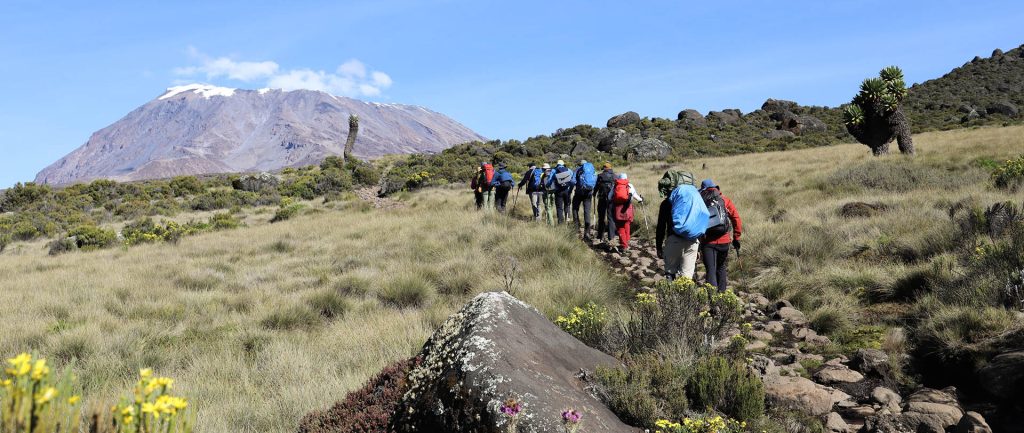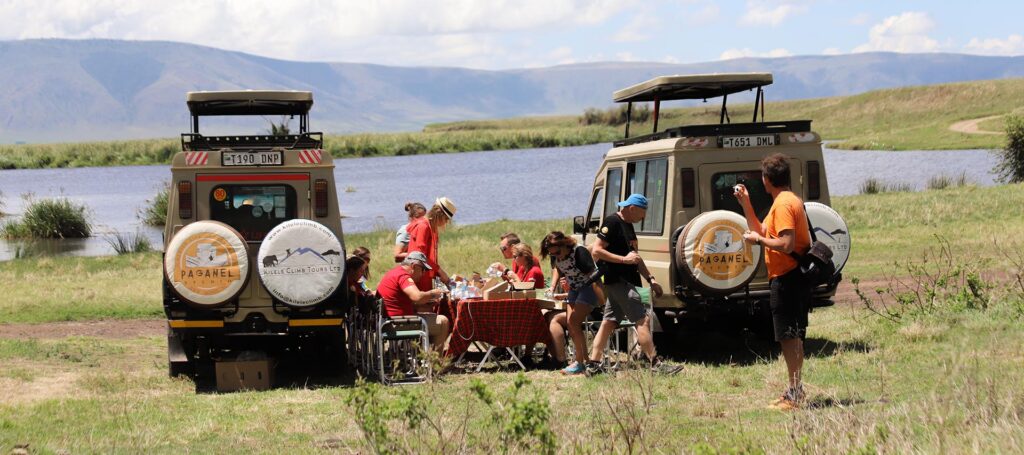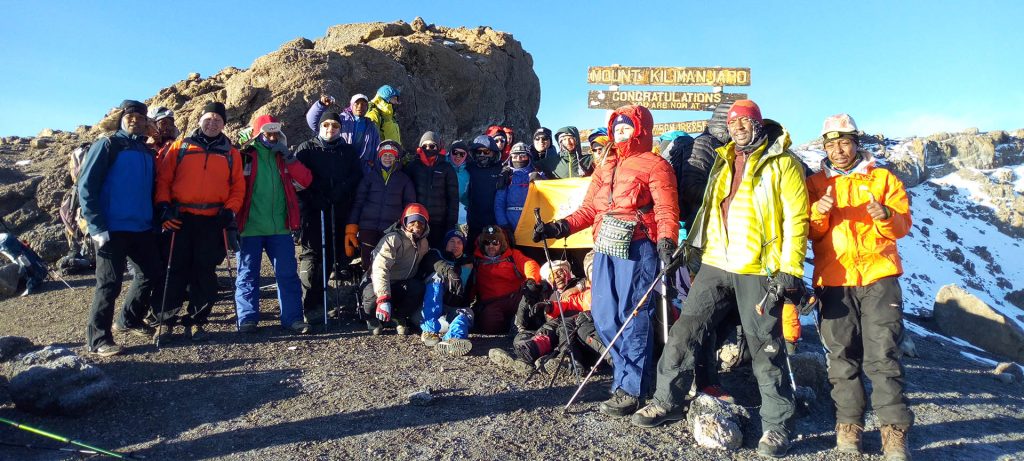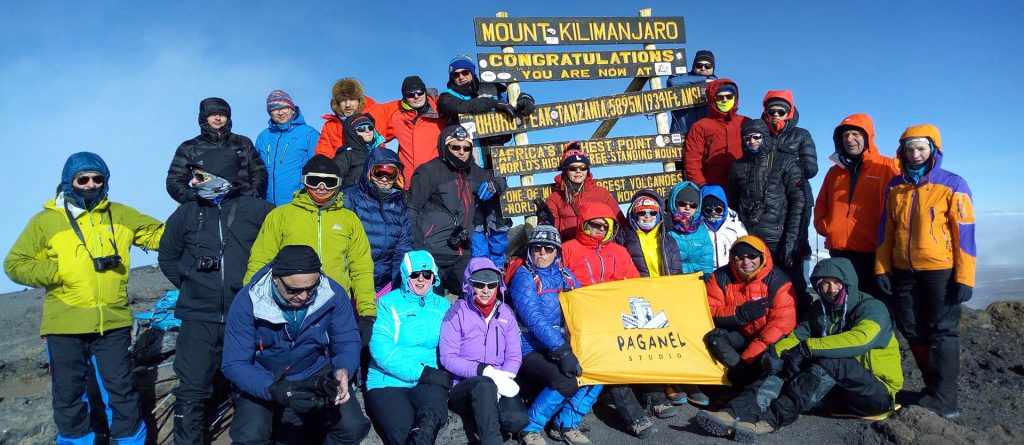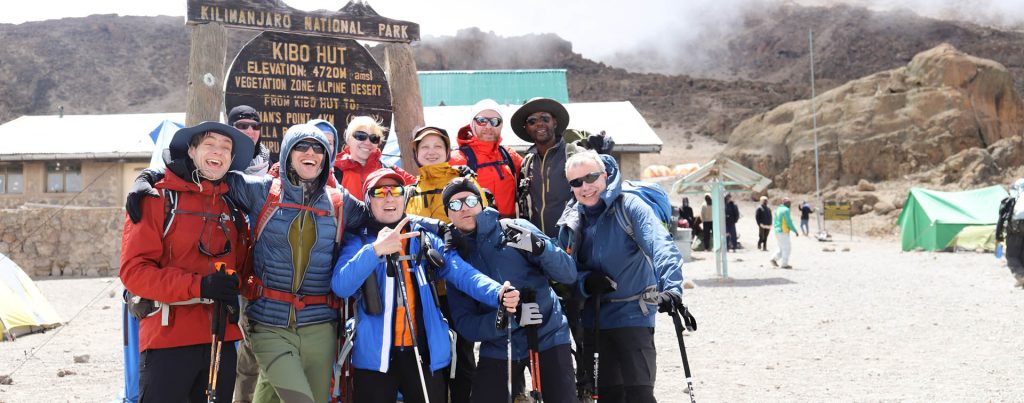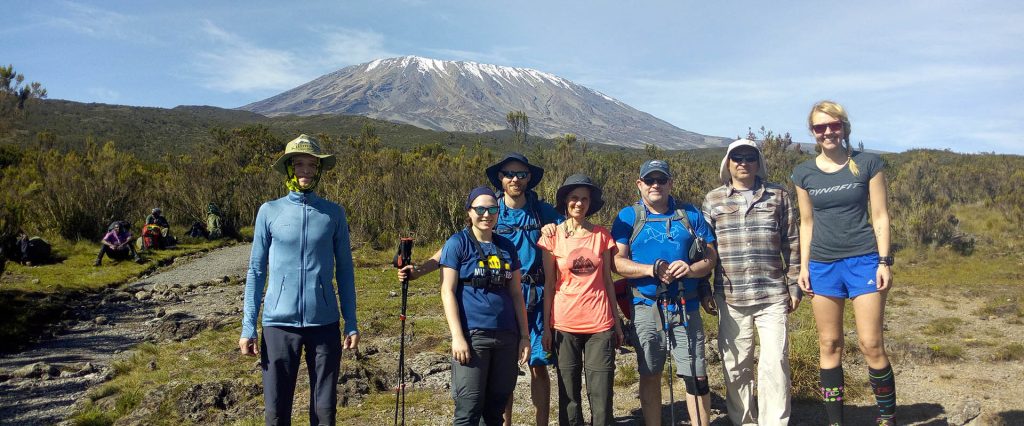Tanzania Travel Guide for an Unforgettable Safari!
If you’re planning a Tanzania tour, there are quite a few things you need to know for making it a treasured trip. Here we come to provide you with a travel guide to have a successful Tanzania trip. You will get to know, what to pack, when to plan a trip, where to stay, and how to get around for collecting the memories of this pleasurable safari trip.
So, whether you’re a first-time voyager or an experienced safari-goer, you need to look at the insights for the best Tanzania safaris!
- First, consider Tanzania a good place for a safari tour.
Tanzania is a fantastic place for a safari tour for several reasons. Firstly, Tanzania’s national parks and wildlife reserves are teeming with a diverse range of wildlife, including:
- Herds of wildebeest
- Elephants, Predators and Prey
- Big cats including cheetahs, lions and leopards
- 500 different bird species
- The abundance of baobab trees
- Beautiful and massive lakes
Tanzania also contains the iconic Serengeti National Park, which is one of the best places in the world to see the Great Wildebeest Migration.
Secondly, Tanzania has a varied and breathtaking landscape that offers an impressive backdrop for any safari adventure. From the rugged and beautiful savannah to the lush and mountainous regions, Tanzania has something to offer every traveler.
Finally, Tanzania is a country with a rich and diverse culture that can add an extra layer to your safari experience. With more than 120 tribes each practising their own unique culture, Tanzania provides ample opportunity for cultural exploration and interaction.
2. Think of the best safari locations in Tanzania
Tanzania is home to several incredible safari locations, each offering a unique wildlife experience. Here are some of the best safari locations for a memorable Tanzania tour:
- Serengeti National Park: This is one of the most famous national parks in Tanzania and is known for its wildebeest migration. It also offers sightings of the big five animals, and other predators like cheetahs, hyenas, and jackals.
- Ngorongoro Crater: This is a natural wonder that serves as a haven for the Big Five animals. The crater is a world heritage site and boasts an impressive variety of wildlife.
- Tarangire National Park: This park is known for its large elephant population and also offers sightings of wildebeest, zebras, giraffes, and many species of birds.
- Arusha National Park: This is a smaller park but offers a unique experience as it contains both savannah and rainforest landscapes, as well as sightings of flamingos, hyenas, leopards, and elephants.
- Lake Manyara National Park: This park is known for its tree-climbing lions, as well as sightings of baboons, giraffes, and elephants.
- Selous Game Reserve: This is the largest game reserve in Africa, offering an incredible wilderness experience, with unique sightings of wild dogs and hippos.
3. Consider the cost of a Tanzania safari
The cost of a Tanzania safari can vary depending on several factors, such as
- The time of year when you go
- Accommodation type and duration of your stay
- The length of the trip
- Your choice of comfort
- Number of people on your Tanzania trip
- Extra activities
According to this Tanzania travel guide, the cost of a Tanzania tour can start at around $200-$350 per day per person, while a mid-range safari can cost around $500 per day per person. Whereas, luxury safaris can cost up to $1500 per day per person. Additionally, park entrance fees can cost around $60-$70 per person per day. It is crucial to note that these costs can vary depending on various factors, including the operator, the activities included, and the level of luxury and exclusivity.
4. Consider the time to visit Tanzania
The best time to visit Tanzania varies depending on what type of experience you are looking for. The seasons fall in Tanzania:
- The rainy season (April to May)
- The green season (January to March)
- The dry season (June to October)
However, the best time for a Tanzania trip is during the dry season, that is from June to October. This is considered the best time to go on a safari as the dry season offers excellent wildlife viewing opportunities. Additionally, this time coincides with the Great Wildebeest Migration where millions of wildebeest, gazelles and zebras move across the Serengeti. This period of dry weather also makes it easier to hike Mount Kilimanjaro which is usually more difficult during the rainy season. However, it’s important to note that prices may be higher during peak travel season, and parks may be more crowded, so visitors should plan accordingly and make reservations early.
5. Packing for the Tanzania safari tour
This is again the essential thing to consider in the Tanzania travel guide for making it an unforgettable tour:
- Layered, versatile clothing that includes comfortable and loose-fitting pants, shorts, skirts, and dresses. Lightweight fabrics such as linen are recommended.
- Comfortable shoes for long walks and game drives.
- Sun protection includes a wide-brimmed hat, sunglasses, and eco-friendly sunscreen with at least 30 SPF.
- Medical kit including essential prescription medications, and insect repellent.
- Toiletries and personal hygiene items such as wet wipes, tissues, hand sanitiser, and a clear TSA-approved toiletry bag.
- Day bag to carry essentials such as water bottles, cameras and insect repellent during excursions.
- Gadgets such as cameras, binoculars, and chargers capture the experience.
- Important travel documents including passport, itinerary, and travel insurance
- Earth-toned colored clothing for game drives to blend in with the environment.
All in all, ensure to consider the Tanzania travel guide and make your trip fantastic and memorable. With all the above aspects your Tanzania trip will be cherished and you can set an example and share your experience in front of your friends and family.

